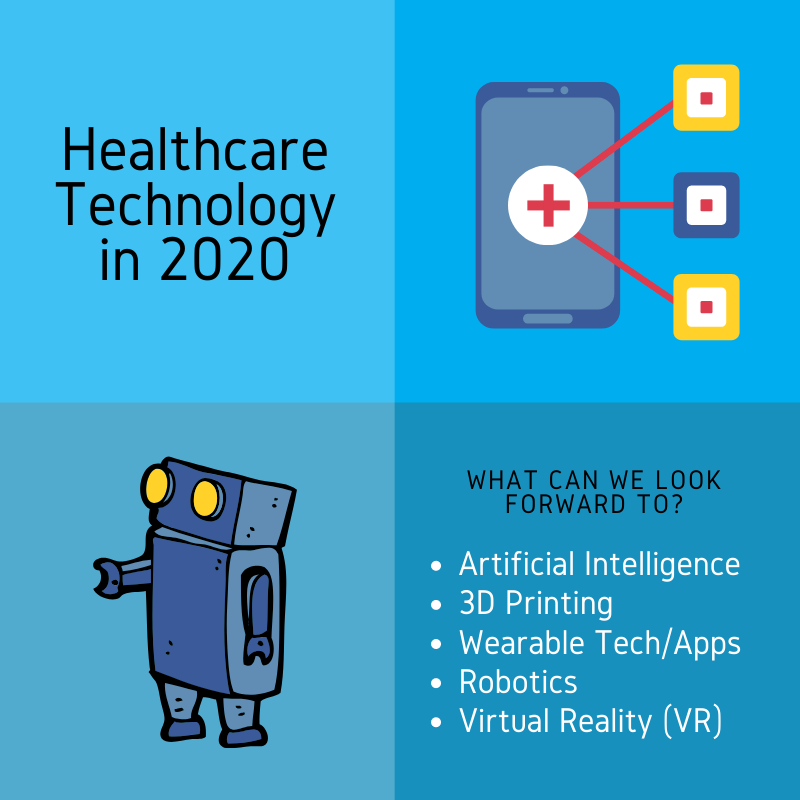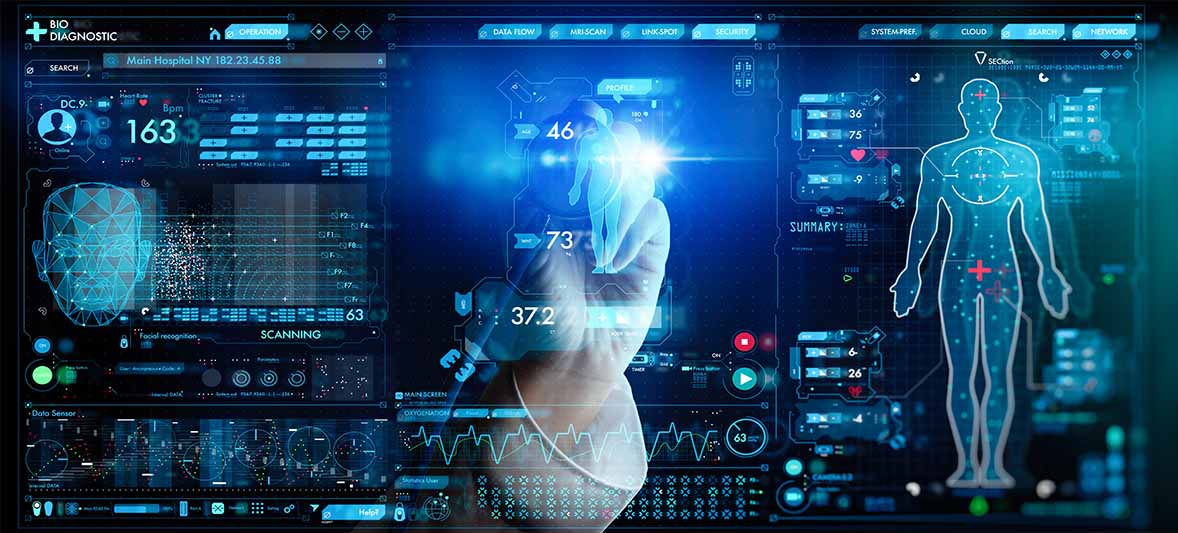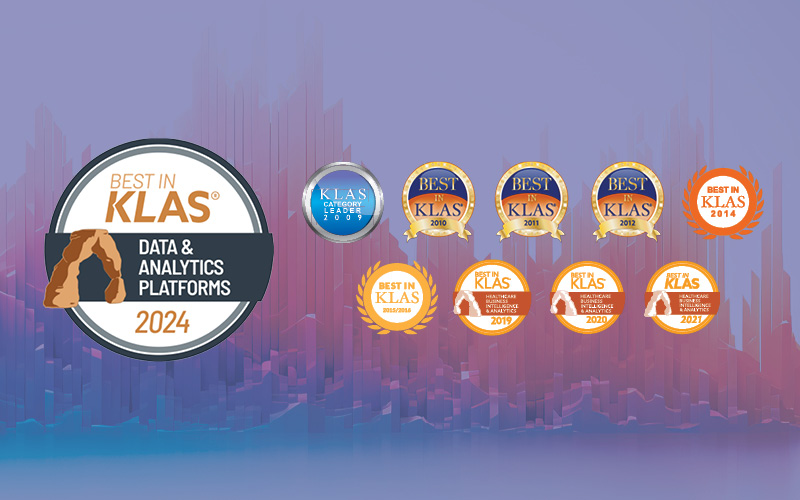Technology is ever-changing, and with every new decade it accelerates at a pace that is often difficult for us humans to keep up with. We now live in a world in which we rely heavily on technology on a daily basis, regardless of which field we belong to. However, few industries have been changed by technology as much, or as positively, as healthcare.
Although the healthcare industry has often lagged behind others when it comes to deploying advanced technology, new discoveries and improvements are always being made. The technology that we know today has opened countless doors and opportunities to improve our lives, and it’s almost impossible to imagine life without it now. With the current decade coming to an end, the further advancement of technology is heading our way. Here are five technologies that you should expect to see shape the future of healthcare in 2020.
1. Artificial Intelligence
Artificial Intelligence (AI) is rapidly growing, and is currently at an all-time high in its potential for the healthcare industry. One of the biggest reasons that artificial intelligence is rising to the top is that its engines can reduce and mitigate risk of preventable medical scenarios.
For example, AI can give automated reminders, identify people at risk, or deliver personalized dosage recommendations. According to Forbes, medical data will double every 73 days, and if approached in the right way, “Artificial Intelligence can assist with many clinical problems as long as governing and regulatory bodies can determine how to regulate the use of algorithms in healthcare.”
It is clear that AI can easily surpass other leading technologies used in the healthcare industry, so it’s important to invest time into how your healthcare organization can best utilize AI tools come 2020. When healthcare industries keep on top of the everchanging technological advancements, they’re more likely to see the benefits more quickly and keep up with other leading hospitals or healthcare organizations. To learn more about the impacts that AI has on healthcare including data and analytics, click here.
2. 3D Printing
3D printing is one of technology’s greatest inventions, and it has been revolutionizing the field of healthcare at high-speed. Today, surgeons can replicate patient-specific organs with 3D printing to help prepare for procedures, as well as many medical devices and surgical tools. In addition, 3D printing is able to produce realistic skin for burn victims, and even develop prosthetic limbs for patients. Despite 3D printing’s ability to do what was once unthinkable, it is surprisingly cost-effective. For example, the typical kidney transplant costs an average of $330,000, according to the National Foundation for Transplants. However, the conventional 3D bioprinter retails for just $10,000. From procedures in the OR to trials in the lab, 3D printing is actively saving time, money, and resources in hospitals and healthcare organizations across the globe. In the years to come, the use of 3D printers is expected to drastically simplify treatments and reduce even more costs within the healthcare industry.
3. Wearable Tech and Mobile Applications
With our constant use of phones and other smart devices, wearable tech and mobile applications have become the preferred way to track health-related information. But wearable tech and mobile applications among the healthcare community go beyond smartwatches and calorie intake tools. Recent developments also include electronic skin, exoskeletons and mobility devices, smart gloves, sweat sensors, monitoring patches, and even smart bandages.
Devices can also be worn by older individuals to prevent further injury during falls. “According to the National Council on Aging (NCOA), every 11 seconds, an older adult is being treated in the emergency room for fall-related injuries.” That number is only expected to increase by 2020. However, in the event that an individual is unable to access a phone, a simple press of a button on a life-alert device can instantly notify emergency services or contacts, resulting in a quicker response time.
Doctor on Demand, a medically certified mobile application which allows video consultation with a doctor and board-certified professionals, can also treat non-emergency medical cases such as cold and flu symptoms, sports injuries or pediatric issues. HelloMD is another innovative healthcare application, which specializes in finding specialists such as neurologists, radiologists, or chiropractors for very specific rare healthcare conditions.
With more than 80% of people willing to wear wearable tech, its applications are expected to rise this decade as well, so it’s almost vital that patients and healthcare providers to stay up to date on the latest changes in order to take advantage of its success.

4. Robotics
One of the most exciting technology trends making its way into hospitals are robots. While the use of robotics may not be the newest invention among the technologies previously discussed, its capabilities are constantly advancing, making it one of the most promising tools in the industry.
The success of robot-assisted surgeries is one of the main reasons that the technology is a current hot topic in the field. Surgeons usually control a device with a camera and mechanical arms, which gives them a high-definition view of the surgical site. Such methods enhance precision, flexibility, and control, and also comes with fewer complications such as infections after surgery. The use of robotics during procedures also results in less noticeable scars, which is highly beneficial for the patient.
“In September 2016, surgeons at the Oxford University John Radcliffe Hospital used a remotely controlled robotic surgeon called Robotic Retinal Dissection Device (R2D2) to remove a membrane 100th of a millimeter thick from the retina of the right eye of Revd Dr. William Beaver.” This surgery successfully cured his blindness and gave him the ability to see normally. Robotics seem to do the impossible, and although R2D2 was the first robot that had been used to conduct an operation of the eye in medical history, it certainly will not be the last.
5. Virtual Reality
According to Healthcare Weekly, Virtual Reality (VR) is expected to become a $4 billion business by 2020, and Forbes predicts it will keep growing to $5.1 billion by 2025. Industries from all over are jumping at the chance to take full advantage of the popular technology, and healthcare is no exception. VR is an extremely smart technology and is often being used for surgery simulations during medical training and can be used to view 3D images of organs and other parts of the body. But doctors and other healthcare professionals are not the only ones who benefit from the technology. VR has helped patients with visual impairment, depression, cancer, and autism, in addition to helping other patients better understand their conditions or treatment plans. VR tools include head-mounted displays which provide surround-sound and visual experiences simultaneously, smart-tech glasses, desktop technology, haptic gloves, and treadmills. The possibilities of Virtual Reality are endless, and the healthcare industry has high hopes for the future of VR.
Many of us have seen technology change right before our eyes, and there is no doubt that its advancement continues to positively shape the healthcare industry. From artificial intelligence to 3D printing, or from robotics to virtual reality, both patients and healthcare professionals have a lot to look forward to in 2020.
Related reading:
- How to Improve the Performance of Your Emergency Department
- The State of Healthcare Interoperability in 2019
- 3 Takeaways from the HIMSS Southern New England Conference



